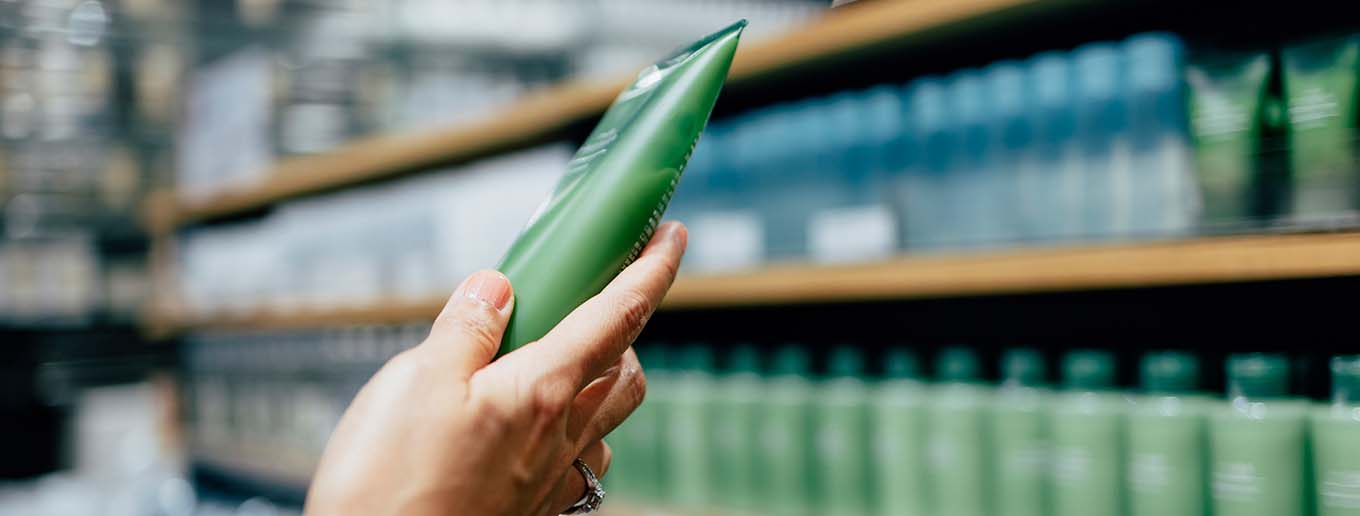Create Connections with POP
Effective touchpoints at the point of purchase get customers to pause and take notice.

Customers are heading back to retail spaces. Whether they are shopping in person as a necessity or as a passion, they’ll undoubtedly be affected by trends in point of purchase environments.
Retail is ever changing. Bricks and mortar stores are competing with online sales, direct-to-consumer retailers, and the go-go-go nature of our everyday lives. The ever-present empty shelves due to supply chain issues and staffing shortages give shoppers pause, and not in a good way. All these issues mean getting your customer’s attention is more difficult than ever before. So, what are the best ways to do just that?
Create an experience
In our harried lives, shopping can be a chore. Provide the shopper with a break from the chaos that is around them all day long. A big box retailer can create a store within a store to capture the intimacy of a neighborhood shop. This can be as elaborate as a whole department or as simple as a dedicated endcap.
Small shops can provide little luxuries along the way for customers: taste tests of wonderful chocolates, a cup of tea as they enter the store, a genuine hello, chairs to sit in, a place for children to play, curated trunk shows, etc. All these things lead to a less stressed customer…and a sale.
Build trust
Shoppers don’t always get what they expect with an online purchase and that can be disappointing. The benefit of in-person retail is that you can see and feel the item you are buying and know the exact size, texture, and color—no surprises. Increase that trust by offering trials on display. Have samples out so customers can touch, taste, examine, and more. A knowledgeable sales associate helping customers make decisions is also an invaluable tool, especially for big ticket items.
Make strides towards sustainability and social consciousness
Sustainability is more a part of your customers’ decision-making process than ever before. It creates an emotional connection with your buyer. A study by Capgemini shows that 79% of global consumers are changing their purchase preferences based on social, economic, and environmental impact. These efforts could show up in your product mix, packaging, bagging policy, employee policies, give-back programs, and more. When you are doing good work, share it with your customers. It makes them feel good about their choices.
Provide merchandisers the tools they need
If you are selling your product through a larger retailer, make it easy for the merchandisers if that isn’t part of your offerings. If a POP doesn’t get maintained, it won’t create a good customer experience. If displays are messy or disorganized the product will appear shoddy. Create a system for your merchandisers and include a planogram with a checklist of tasks that need to be accomplished. Be sure any endcap signs or shelf talkers are easily replaceable if they get damaged. If you can’t get product on the shelves, have an alternate way for customers and retailers to either order online or know when the product will be restocked.
Use technology…when appropriate
Use it for good, not for evil. Technology add-ons to a POP environment must add value. Tech can be as complex as augmented reality or cashier-less checkout or as simple as a rotating video display. Either way, if your add-on doesn’t aid the shopper, you won’t get a sale. Before you invest in a piece of technology consider these things: Does it help explain the benefits of the product? Does it help the shopper find the product if it isn’t in stock? Does it give the shopper a special deal? Is it easy enough for your grandmother to use? If you are coming up with a lot of nos, don’t spend the money.
Use these techniques to increase the perception of your brand in a retail environment and develop long-term relationships with your customers.
Large-scale Branding
The dealer marketing manager at global furniture designer MillerKnoll shares how to brand with consistency across your enterprise.
Map Your Customer’s Journey
Identify customers’ needs during their engagement with your brand in this brainstorming technique.
Packaging—More Than Meets the Eye
How your product is delivered makes a difference in how your brand is perceived.



